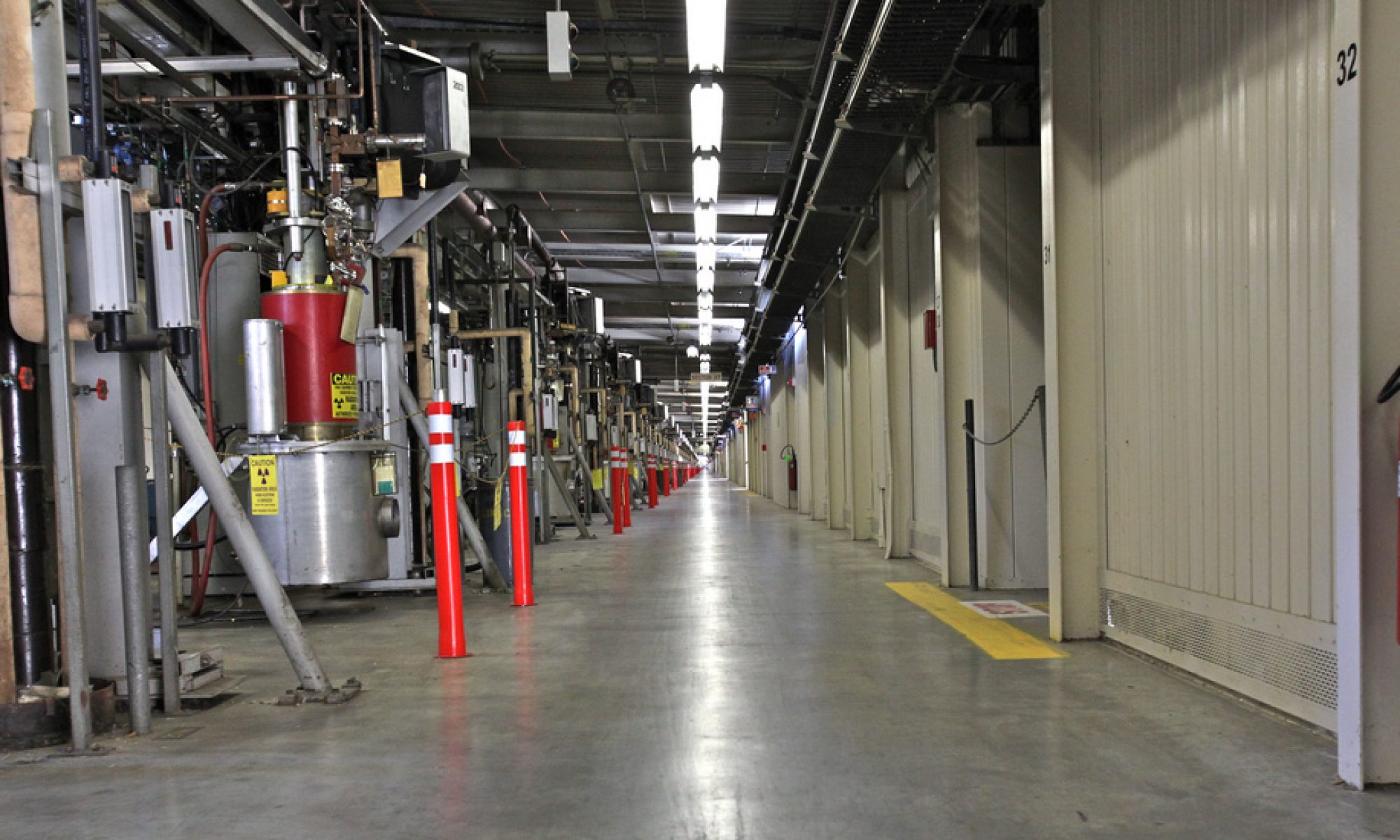My “Modern Physics” class has come to one of the most crucial and important insights that has been made into the natural world: waves of probability seem to lie at the heart of the behavior of matter. “Paradigm shift” is a phrase overly applied in the modern world, but it applies extremely well to the wave nature of matter. Like all such punctuated bits of evolution, this evolution in thinking came because facts opposed notions, and was resisted as if the lives of all physicists involved in the conversation depended on being right in spite of the data. The early 1900s, when the wave nature of matter became a thing of serious consideration, were turbulent and revelatory in the physics community. With implications not just for physics, but philosophy and technology, the wave nature of matter is both alarming (at first) and crucial.
What does all of this mean? We think of waves and particles as distinct things. Of particles, we ask: where are you, where are you going, when will you get there? Of waves, we ask: how often do you repeat in space and in time, what is your maximum amplitude, where are you zero, and how spread out are you? At first, putting these two phenomena together seems impossible. But then you start to think about “relevant dimensions,” and then you start to cease to see distinctions between the two.
What are “relevant dimensions?” The textbook I am using, Harris’s “Modern Physics,” handles this quite well: simply put, these are the relative sizes scatterer and the scatteree. If an electron is to scatter off of atoms spaced far apart, the relevant dimensions are large compared to the electron; if the spacing of the atoms is extremely close, then perhaps the dimensions are small compared to the electron.
Harris gives a nice analogy, which I modified a bit for my class. Imagine taking a boat out to the middle of a lake, then laying down in the boat (so you can’t see the water around you) and staring up at the sky. Somewhere far across the lake, at a construction site, a crane drops a large concrete or steel structure. What happens?
If the structure hits the beach and then rolls into the water, the waves it creates can have wavelengths that are meters long. The waves travel across the lake and reach your boat. Your boat is not that big, so the waves begin to raise, then lower, the boat. You would report that the boat experienced wave motion – the dimensions of the wave are much larger than the boat, so the boat only responds to a small part of the overall wave, rising and falling as the wave passes.
But what if the crane drops the structure straight into the water? Then the energy goes into one short, sharp wave. Its wavelength may be half-a-meter or less. When it reaches your boat, what happens? Rather than the boat responding to some small part of the wave, the whole of the wave strikes the boat at almost the same time. All that energy is deposited into the boat at nearly the same time. What do you report? You are likely to think another boat has hit you, or that you have drifted into a rock. You would report a “particle collision”.
The relevant dimensions – the wavelength compared to the boat – affect the interpretation of the event. Particle-like behavior manifests when the wavelength is short compared to the dimensions of the object, and wave-like behavior is apparent when the wavelength is long compared to the dimensions of the object.
But for matter, what is “waving”? If electrons, protons, atoms, etc. are waves – what is waving? The answer was not originally arrived at easily, and to this day nobody is sure if there is a better answer. But the answer that works is PROBABILITY. The particle itself is not oscillating or wiggling or vibrating. Rather, its associated wave is one of probability amplitude – in one place in space or time, the wave amplitude is lower, so the chance of finding the particle there is small, while in another the amplitude is large, making the chance of finding the particle there high. To see the particle, you have to measure it, and when you measure it the particle nature manifests (to find it, you have to detect it, and to detect it, you either have to bounce something off of it or make it bounce off something). Until the measurement is made, you only know where the particle is likely to be or not be.
This is among the hardest things in physics to accept. You accept it only because it works – it makes predictions that time after time have born out. The probability wave interpretation of matter tells us not only why atoms work the way they do, why electrons can be used to measure subatomic structure, and why transistors and diodes work, but gives us a means to explore new possibilities regarding the nature of reality.
Is the wave nature of matter true? Is it right? Those are difficult words for a physicist. Certainly, experiments don’t (yet) suggest otherwise. But perhaps one day we’ll find a better explanation, a bigger explanation, that makes this seem more sensible to us. Until then, I am excited that my class gets to explore the wave nature of matter, and I am excited that I get to teach it.
Homework, anyone?

